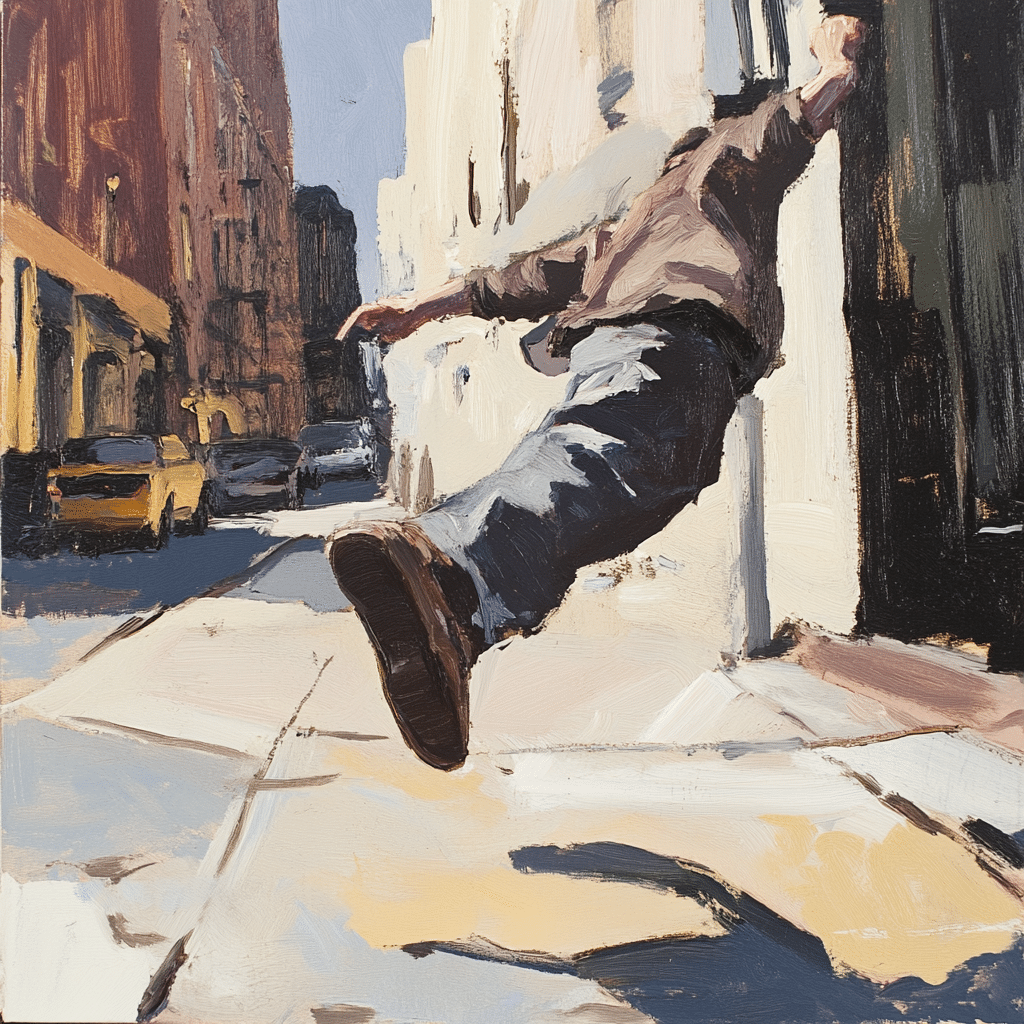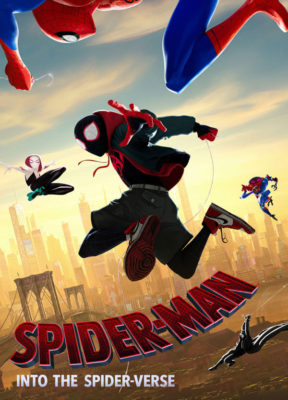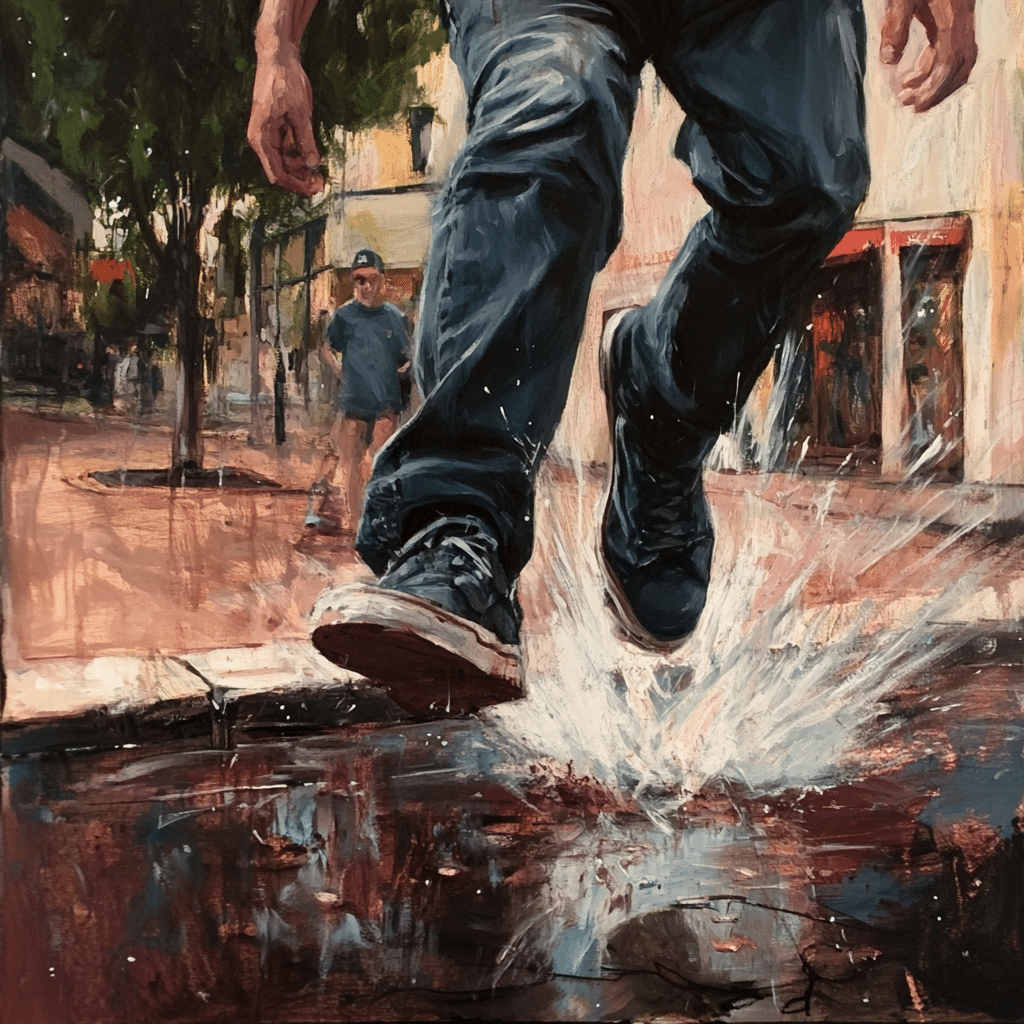
Curb Stomp The Dark History Behind This Shocking Act
Curb stomping is more than just a term from gritty movies; it’s a brutal act rooted in violence that presents an unsettling reality. It often involves forcing a victim’s mouth against a curb, followed by a violent stomp to the head. While you may recognize it from films like American History X, its implications stretch far into the grittiness of gang culture and societal issues. This article will explore the eerie origins of curb stomping, its representation in pop culture, and the disturbing truths lurking within.
The Roots of Curb Stomping: An Overview
Curb stomps have appeared throughout history as acts of violence associated with organized gang culture. From the streets of urban neighborhoods to the isolated corners of America, this act symbolizes power, dominance, and a shocking lack of empathy. The origins date back to real-life altercations and turf wars, where individuals sought to inflict maximum pain on their rivals. As the world faced economic despair, social tension flared, giving birth to extreme expressions of violence.
The phenomenon of curb stomping didn’t just emerge from nowhere. It has historical roots linked to periods of civil unrest, blazing racial tensions, and brutal power struggles. Many individuals have turned to violence as an outlet, believing that such actions might empower them in an oppressive environment. Unfortunately, these beliefs often lead to irreversible consequences for both the victims and perpetrators alike.
Furthermore, the act carries chilling implications in terms of societal behavior. It provides a glimpse into the dehumanizing effects violence has on communities. People often numb themselves to such brutality, viewing it as just another form of entertainment commonly seen in media. Curb stomping serves as a magnifying glass for societal issues, forcing us to confront uncomfortable truths about aggression and hatred.
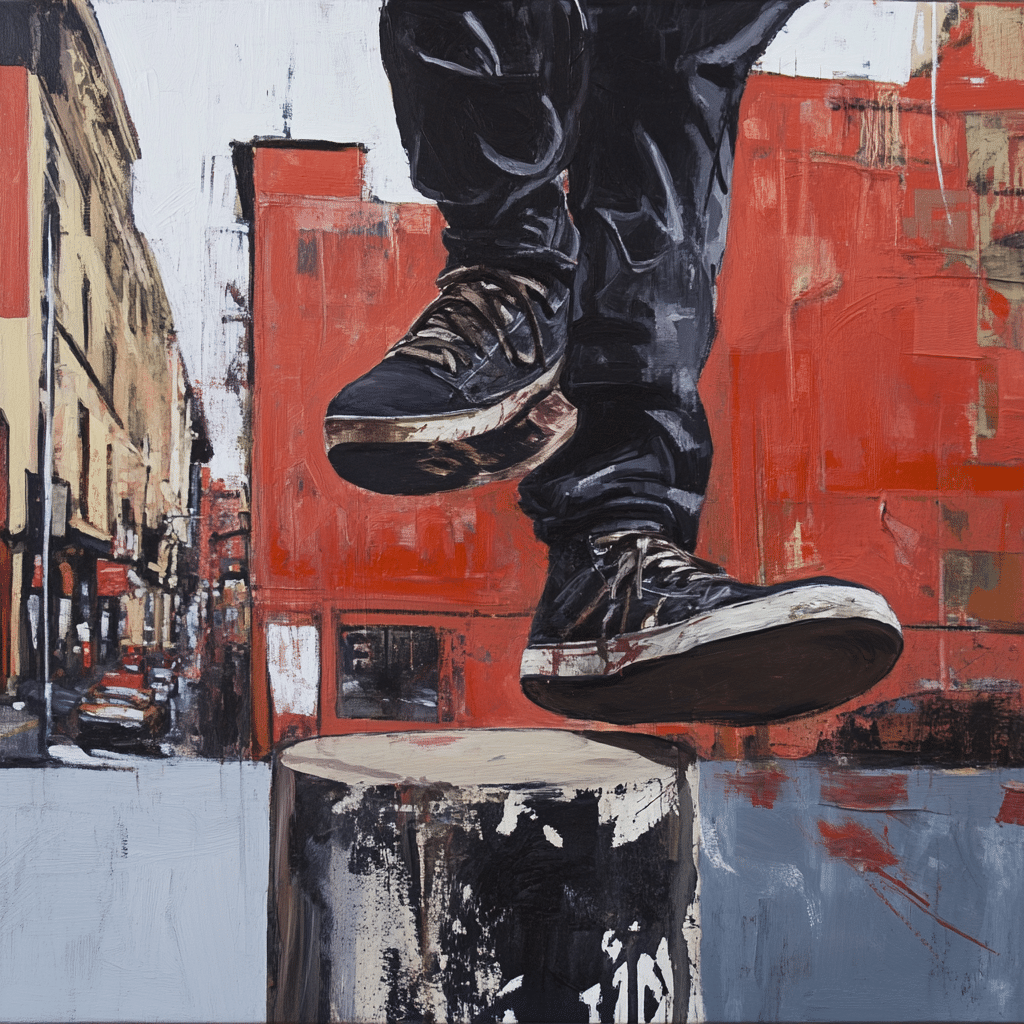
Curb Stomp and Pop Culture: The Top 5 Examples That Shocked Audiences
1. “American History X”: The Infamous Scene
One major portrayal of curb stomping can be found in Tony Kaye’s American History X. The harrowing scene involving Edward Norton emphasizes the horrifying depths of hate crimes and the brutal cycle of violence. Audiences witnessed first-hand how power dynamics can distort morality and humanity.
2. The Sopranos: A Glimpse Into Mafia Violence
“The Sopranos” provides a chilling examination of the violence that runs through organized crime. While curb stomping doesn’t feature directly, the series frequently depicts horrific acts that underline how far individuals might go to showcase dominance in mafia circles. It wisely highlights the fear and respect that are pivotal in maintaining power.
3. “Fight Club”: The Anarchy of Violence
David Fincher’s Fight Club tackles themes surrounding masculinity and rebellion against societal norms. While curb stomping isn’t a part of the narrative, the film’s chaotic violence echoes similar sentiments—extreme acts of brutality become a way of expressing dissatisfaction and disillusionment with the world.
4. Real-Life Acts of Violence: The Consequences of Curb Stomping
Curb stomping isn’t just a figment of cinematic imagination; it manifests sharply in real-world scenarios. Instances often arise in gang-related altercations, leading to devastating outcomes resulting from hate-driven encounters. These incidents remind us, in stark reality, how commonplace violence has become in some circles.
5. Video Games: The Violent Appeal
Games like Grand Theft Auto showcase curb stomping as part of their violence-infused gameplay. In GTA: San Andreas, players engage in brutal acts, which sparks discussions about how video games desensitize players to violence. It raises important questions about the impact of virtual entertainment on real-world behavior — can chilling scenes toughen our societal conscience?
Phrogging and Curb Stomp: An Unexpected Connection
At first glance, phrogging—the act of secretly occupying someone else’s space—might seem worlds apart from curb stomping. However, both acts share a common thread of violation and invasion of personal space, whether through physical harm or stealthy encroaching. Modern narratives in film and media explore how each reflects an underlying sense of lost control and personal affront.
Both concepts highlight how fear and distrust infiltrate communities, revealing uncomfortable truths about our societal fabric. They draw lines across experiences of individuals caught in cycles of violence and invasion. The connection underscores human emotions and frailties, igniting important conversations surrounding personal safety and societal norms.
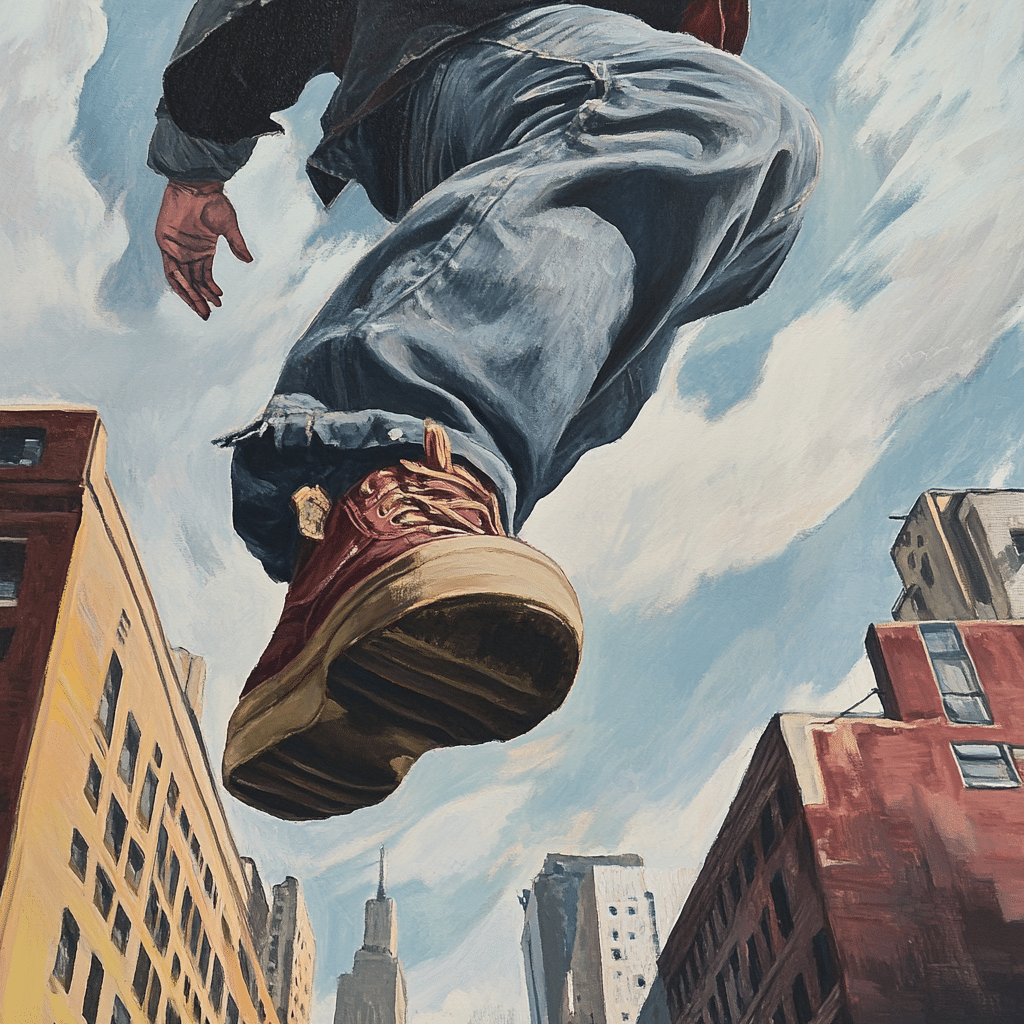
Bibble and Language of Violence: The Etymology of Curb Stomp
Diving deeper into the language around curb stomping uncovers the term “bibble,” typically associated with casual drinking behavior. This can symbolize how language can dilute the seriousness of violence when discussed casually, and the media often misinterprets or oversimplifies concepts of brutality.
How we talk about violence shapes our understanding of it, influencing the normalization of such harsh acts within pop culture. The language used around curb stomping has morphed through generations, casting a convoluted veneer of righteousness over deeply troubling issues.
Exploring the Intersection of Violence and Culture
Curb stomping isn’t just a shocking act, but rather a critical reflection of pressing societal problems such as racism, dominance, and deep-rooted conflicts. Its representation in films and real-life incidents encourages viewers to face harsh realities around hatred and violence. Recognizing the essence of curb stomping spurs essential discussions about desensitization to brutality.
Understanding these connections helps foster an awareness of the moral responsibilities tied to how violence is portrayed in our media. As audiences, we play a part in how these narratives shape our realities, pushing us to question both our consumption habits and the broader implications of violence in society. It becomes imperative to reflect on the choices showcased on-screen and their real-life ramifications, igniting a dialogue about a brighter, more compassionate future.
In this world, we must confront uncomfortable truths. Though curb stomping appears as a shocking visual effect in entertainment, it represents a much more sinister reality that merits discussion. Engaging with these topics thoughtfully reminds us of the importance of empathy and human connection, guiding us away from violence and toward understanding.
Curb Stomp: A Shocking Act with Dark Roots
The Evolution of the Curb Stomp
The term “curb stomp” may sound modern, but its roots trace back through history in various forms of violence. While commonly associated with gangster films and gritty dramas like Donnie Darko and its eerie vibe, different cultures have had their versions of this brutal act long before it hit the mainstream. Interestingly, one look at the infamous scene in The Goldbergs reveals how pop culture often romanticizes violent behaviors while distorting their historical context. Speaking of cultural expressions, the Asian squat highlights a completely different side of life, one where striking poses becomes art rather than aggression.
Curb Stomp in Pop Culture
Hollywood’s depiction of the curb stomp has sparked a whole range of emotions across audiences. One of the most discussed comes from the animated series Tales from the Crypt, where narrative twists often accompany shocking acts of violence. Yet, this leads us to ponder: why do we consume such aggressive content? Just like Mario balotellis unpredictable antics in soccer or the hilarious, yet bizarre, adventures in Animesurge, we can’t help but be captivated by extreme behaviors and how they reflect societal fears and conflicts.
Curb Stomp: The Darker Implications
Despite its attraction in films, the curb stomp has troubling implications in real life, often intertwining with deeper socio-political issues. Empathizing with the horrifying narrative it tends to evoke brings us back to the discussion around violence—something that has been examined through various lenses in art and media. Much like the character Splinter from Ninja Turtles, who teaches lessons in strength and restraint, perhaps it’s time to reflect on how we interpret actions like a curb stomp. Instead of glorifying them, let’s unpack the consequences and realities behind such chilling displays. In our thirst for thrilling content, let’s not overlook the stories that genuinely shape our understanding, just like the gripping storytelling found in Lina Lardi‘s latest projects that bring consciousness to pressing matters.
